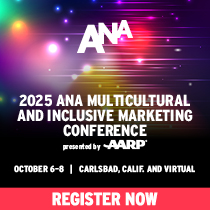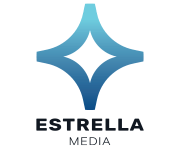PMA Survey: 72% Purchase Product After Receiving Sample.
June 8, 2002
The Promotion Marketing Association (PMA), a trade organization representing the promotion marketing industry, announced the results of its “Trial and Conversion VI” survey on product sampling and demonstrations. The survey data shows overwhelming evidence of positive consumer attitudes and subsequent purchase behavior based on product sample receipt and usage across a number of product categories. Seventy-two percent (72%) of consumers polled indicated that they purchased at least some of the brands of which they received samples and 69% said that samples and demonstrations influence their product purchase decisions more than an advertisement for the product on TV or radio.
This consumer research was conducted in February 2002 through a partnership between the PMA’s Product Sampling & Demonstration Council, BrandMarketing Magazine and NFO WorldGroup. The findings were based on nearly 3,400 surveys completed by male and female heads of households aged 18 years and older.
PRODUCT SAMPLING:
“About 94% of consumers surveyed said that they agree or strongly agree that sampling is a risk-free way to try new products, ” said Larry Burns, PMA Product Sampling and Demonstration Council Co-Chair. “The survey also showed that most of them, indeed, take advantage of the opportunity.”
The survey looked at sample penetration, finding that 88% of sample respondents have received a product sample in the past year via mail, in-store, online request, newspaper/magazine, at an event or doctor’s office. Seventy-two percent (72%) of food samples are used right away, while other product categories, including health and beauty care, cosmetics and over-the-counter drugs, are saved for later use. The study underscores the pre-exiting evidence that samples do in fact cause conversion into consumer purchase of the brand. Eighty-nine percent (89%) of consumers stated that they “feel better” about purchasing a product after using or trying a sample of it, and that 85% of those surveyed indicated that a coupon received with a free sample makes it easier to buy the product.
“One of the more interesting findings was that more than half of respondents believed that they received a sample randomly, ” noted Bethany Stanley, of the PMA Product Sampling and Demonstration Council’s research committee. “In fact, that couldn’t be further from the truth. Sampling programs are as targeted as any marketing initiative, if not more.”
The survey also found that consumers are influenced by the entire packaging and presentation of a product or service sample, especially the information that accompanies it. Nearly three quarters (75%) of respondents who received a sample reported that they usually or always look at the information that comes with a sample.
“The use of samples can also drive survey completion and recipe trial,” said Jennifer Park, senior vice president of Business, Product and Technology Development at NFO WorldGroup. “Seven out of ten consumers have completed a survey in the past year in order to obtain product samples – a useful fact for researchers in light of current survey response rates.”
PRODUCT DEMONSTRATIONS:
The survey data also indicated that six in ten consumers polled have seen a product demonstration in the past year, with over half of those who have seen a demonstration indicating that the demonstration influenced purchase of that brand. Respondents noted that the most important aspects of a product demonstration are seeing how the product works (84%) and finding out the cost of the product (73%).
“This Trial and Conversion survey underscores the range and effectiveness of product sampling and demonstration to U.S. consumers,” said Claire Rosenzweig, CAE, executive director of the Promotion Marketing Association. ” Brand marketers will benefit greatly from this information when creating not only sampling and demonstration programs but other promotion campaigns as well. The survey shows how promotional tactics can be used very successfully in tandem. For instance, coupons and samples have great synergy – seventy-four percent of respondents who received a coupon for a free product or service, used it to obtain that product or service gratis.”
For more information at http://www.pmalink.org




























